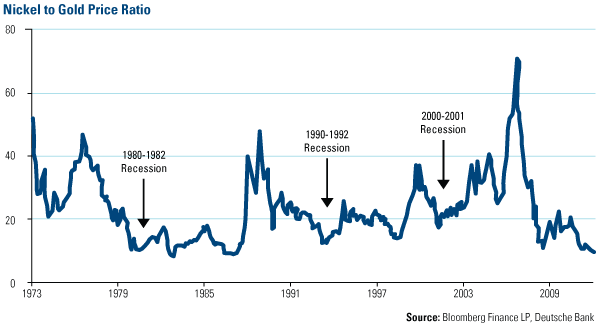Energy and Natural Resources Market Radar (September 24, 2012)

Strengths
- Chinese steel inventories decreased for its eighth consecutive week. Chinese steel inventories in warehouses totaled 13.7 million metric tons at week ending September 14, 4 percent lower than last week and the prior year, and now compare to a 12-month trough of 12.8 million tons in late December.
- China daily crude steel output for the first 10 days of September increased by 1.2 percent to 1.895 million metric tons per day (mtpd) versus 1.87 mtpd in the last 11 days of August. This latest figure annualizes to 692 million metric tons per year versus output of 680 million metric tons in 2011.
- Aluminium exchange prices have rallied almost 20 percent in the past month, with “net prices” now cresting almost $2,450 per ton outside of China.
- Argentina's 2012-2013 corn season, which many analysts think could yield a record harvest, has gotten off to a good start as moist fields spur seeding, the Buenos Aires Grains Exchange said.
Weaknesses
- Crude oil fell by roughly 6 percent this week as the market has been hit by fears of an Strategic Petroleum Reserve release and possible steps by Saudi Arabia to bring Brent prices back towards $100 a barrel.
- Chinese steel production came in at 58.7 million metric tons in August 2012, or 1.89 million tons a day according to China’s National Bureau of Statistics. The daily rate is down 4.8 percent month-over-month and down 1.75 from the prior year.
- Uranium’s recovery from the Fukushima nuclear accident may take one or two years longer than analysts estimated as stockpiles in Japan and Germany keep prices low and cause mining companies to defer new development. The price of uranium for immediate delivery declined to $47 a pound as of September 17, its lowest in two years according to Ux Consulting, a Roswell, Georgia-based uranium information provider.
- Australia revised down its revenue forecasts for the key steelmaking ingredient by a fifth this week, a fresh sign the industry is losing steam as a slowdown in top-customer China drives down prices. The Bureau of Resources and Energy Economics (BREE) forecast revenue from iron ore, Australia's largest single export, would fall to $55.83 billion in the current fiscal year.
Opportunities
- China’s Inner Mongolia region is said to plan the closure of nearly 2,900 mines over the next seven years, 900 of which will be smaller, high cost and less safety conscious mines.
- In a call hosted by the management of International Paper Inc., the CFO stated that they see a critical “inflection point” of profitability in the packaging industry given tight supply/demand fundamentals.
- The UBS mining team in Asia expects the recent bounce in the price of iron ore to continue into the fourth quarter based on favorable seasonal factors, an improved metal spread that has improved profitability for Chinese steel producers, and improved sentiment among buyers following the announcement of the Rmb840 billion urban rail projects in China.
Threats
- BHP Billiton Ltd., the world’s biggest mining company, said the pace of iron ore demand from China, the biggest importer, has slowed by more than half. “We’re already seeing the beginning of the end of the first phase of economic development in China,” Alberto Calderon, the Melbourne-based company’s chief commercial officer and manager of its aluminum and nickel business, said today at a conference in Canberra.











